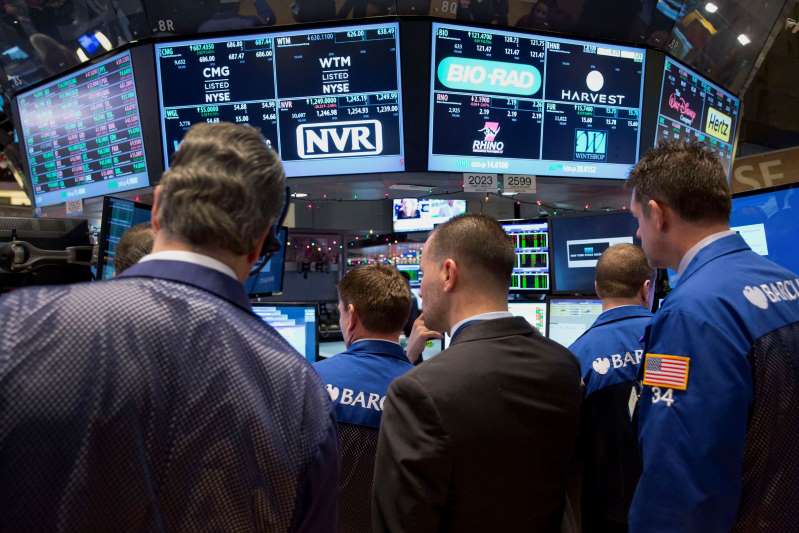By Jeff Cox, CNBC–
- Nonfarm payrolls rose 224,000 in June, well above market expectations of 165,000, according to the Labor Department.
- The unemployment rate edged higher to 3.7% but was still near 50-year lows.
- Wage growth was 3.1% year over year, one-tenth of a point below market expectations.
- Stocks opened lower on the news and government bond yields surged.
Payroll growth rebounded sharply in June as the U.S. economy added 224,000 jobs, the best gain since January and running contrary to worries that both the employment picture and overall growth picture were beginning to weaken. The unemployment rate edged up to 3.7% as labor force participation rose, according to the Labor Department.
Economists surveyed by Dow Jones had expected nonfarm payrolls to rise by 165,000 and the unemployment rate to hold steady at 3.6%. May’s initially reported growth of 75,000 had raised doubts about the durability of the record-setting expansion that began a decade ago. The May count was revised lower to 72,000.
Markets have been widely anticipating that the central bank will cut its benchmark interest rate later this month, regardless of what the June payrolls count showed.
The stock market opened lower as investors contemplated what the report might mean for expectations that the Fed will be cutting interest rates later this month in an effort to stave off a widely expected economic slowdown through the year. Government bond yields surged, with the benchmark 10-year note up nearly 10 basis points to about 2.05%.
Market reaction shifted abruptly after the Bureau of Labor Statistics release. Traders moved the possibility of a 50-basis point cut to 8% from nearly 30% though 100% expectations for a quarter-point cut remained firmly in place.
President Donald Trump has been sharply critical of the Fed and repeated his previous sentiments later in the morning.
“We don’t have a Fed who knows what they’re doing,” Trump said, adding, as he has in the past, that the economy would take off like a “rocket ship” with lower interest rates.
Professional and business services led the job gains with 51,000, while health care added 35,000 and transportation and warehousing contributed another 24,000. Construction also added 21,000 and manufacturing, despite teetering on contraction recently, saw another 17,000 jobs added, above the 8,000 per month average in 2019 and getting closer to the 22,000 a month in 2018.


Leave A Comment
You must be logged in to post a comment.